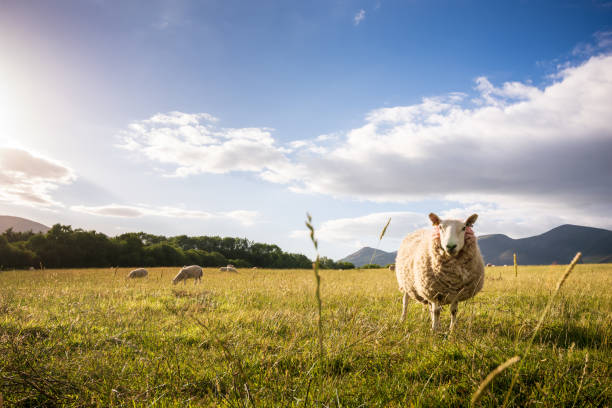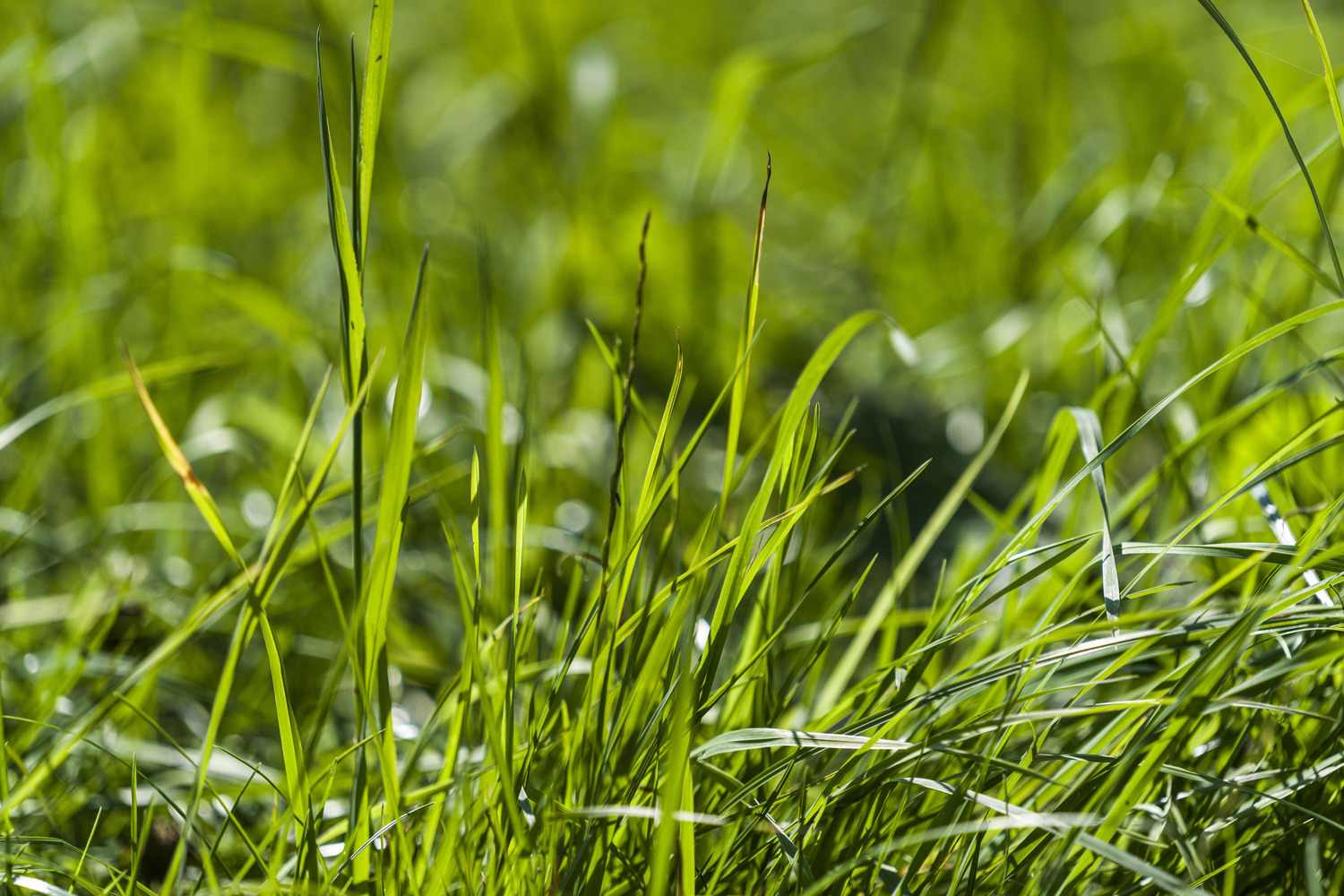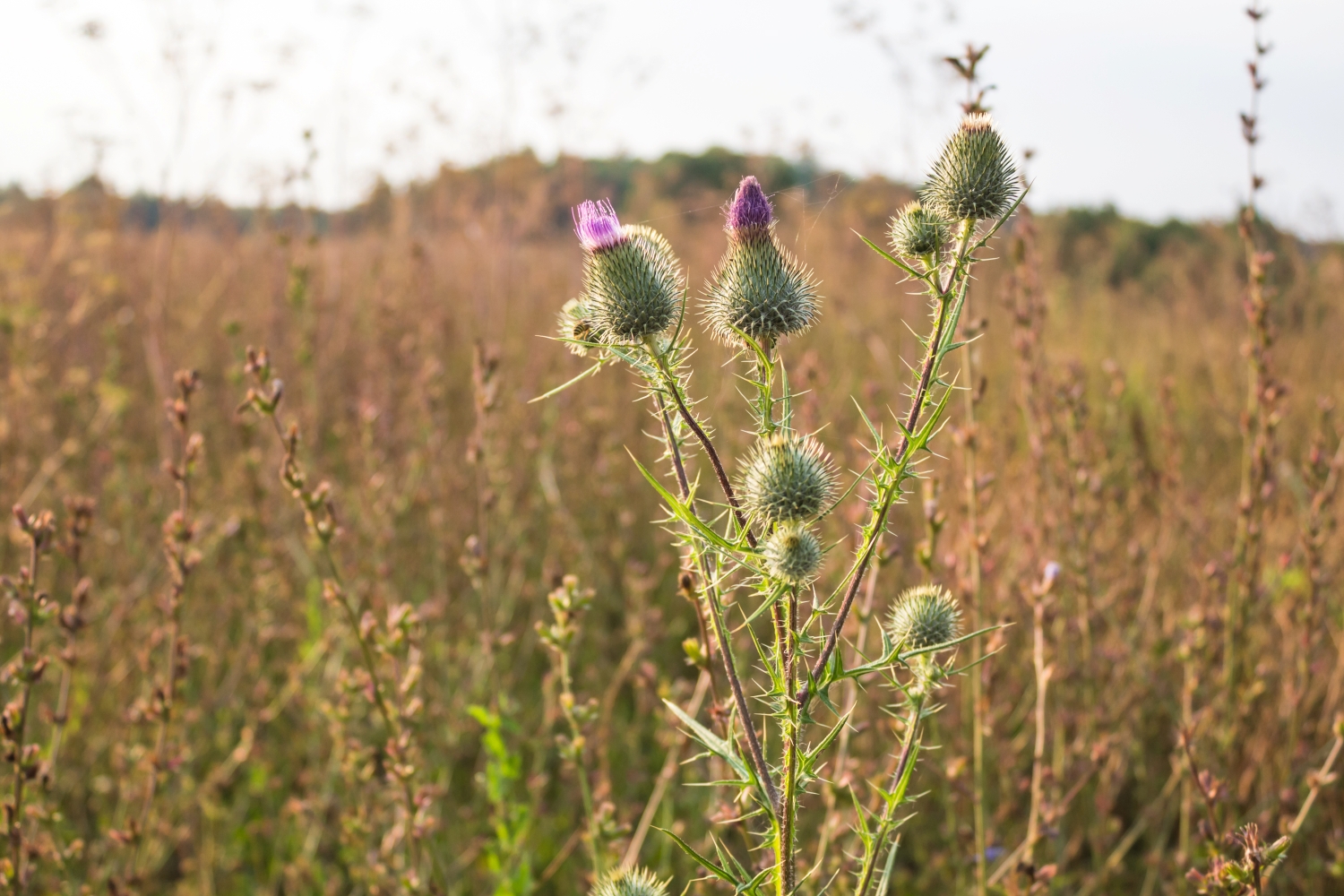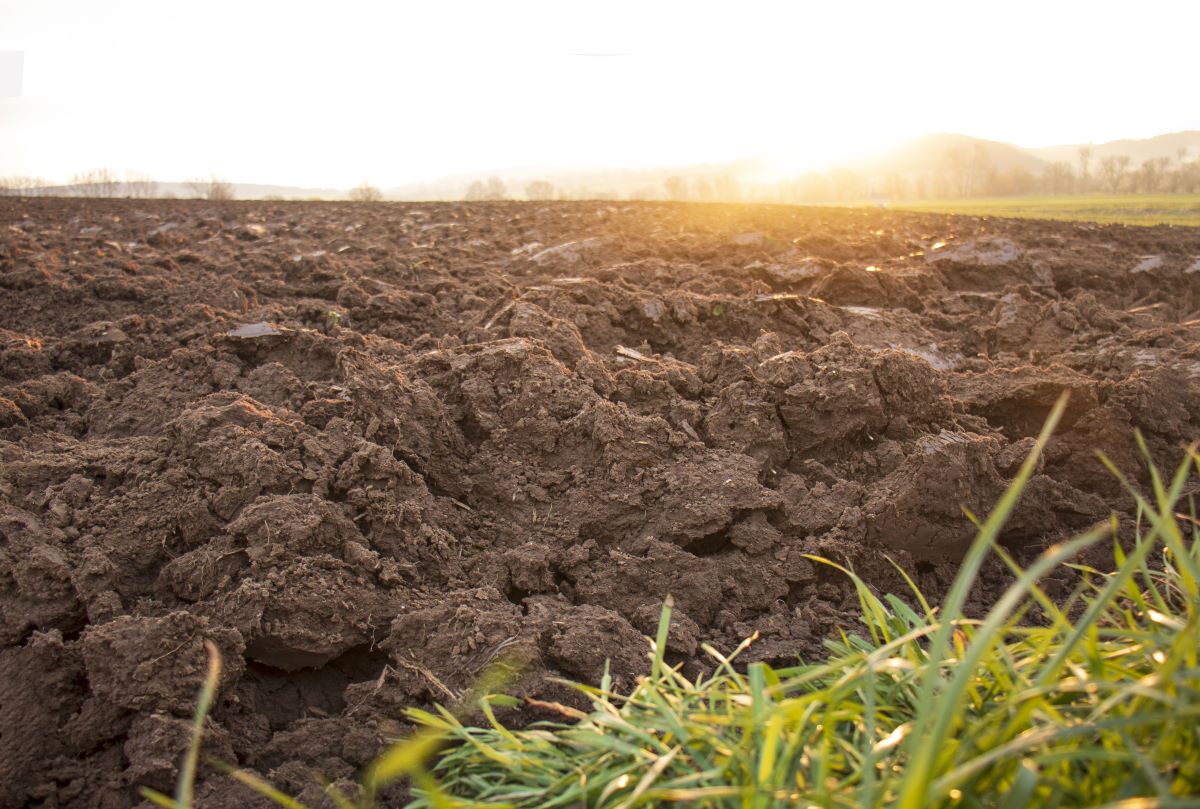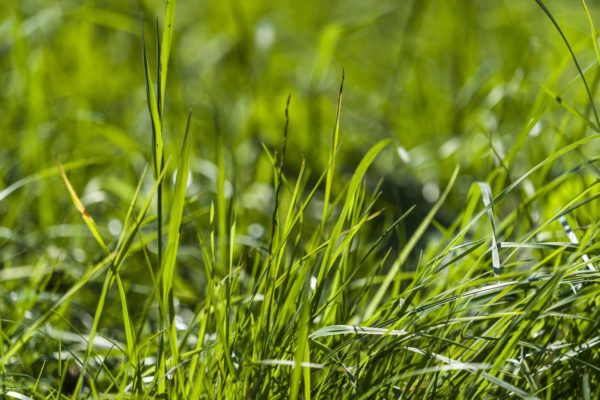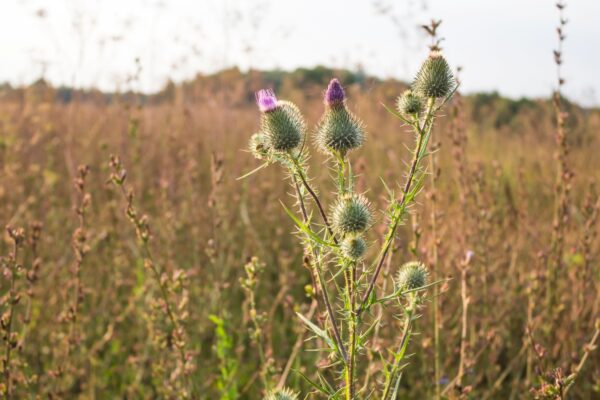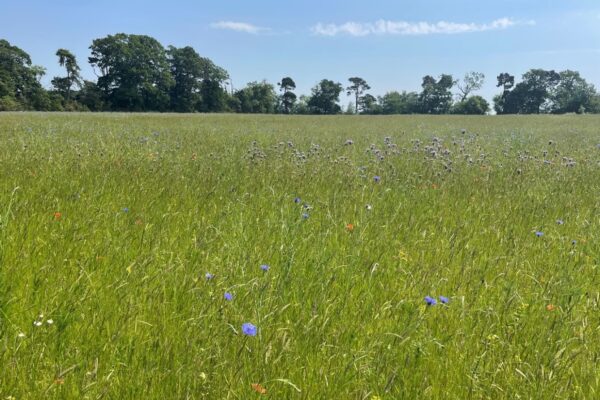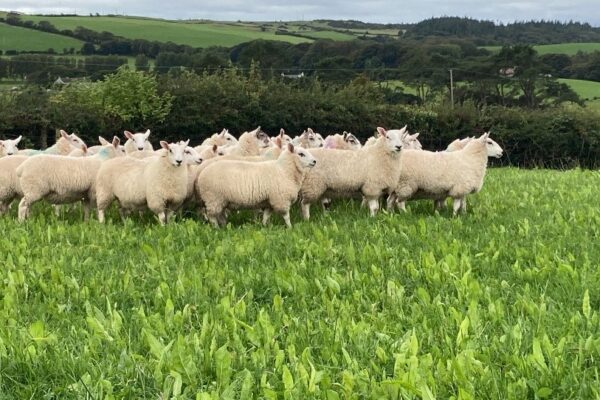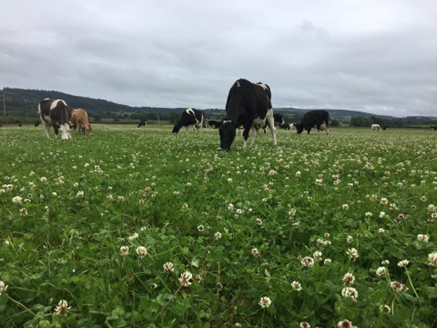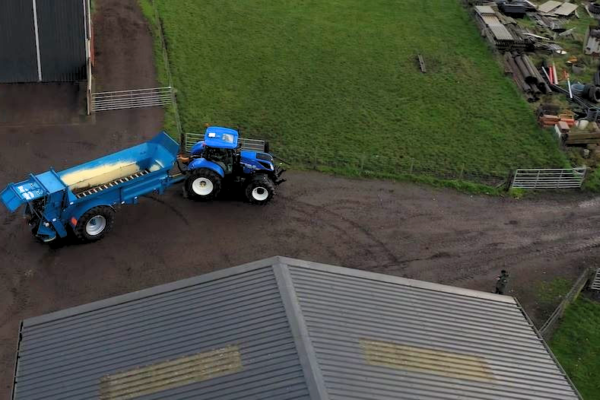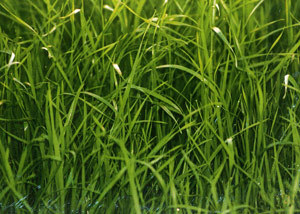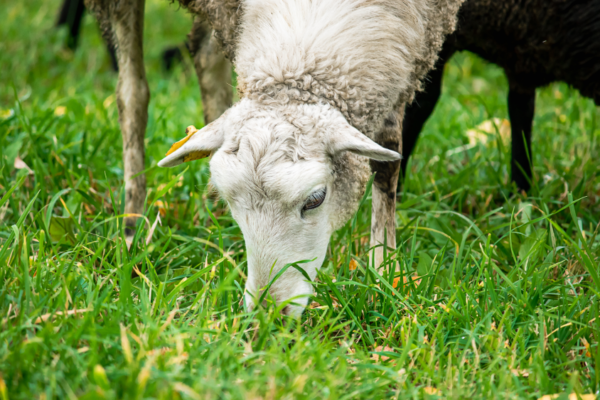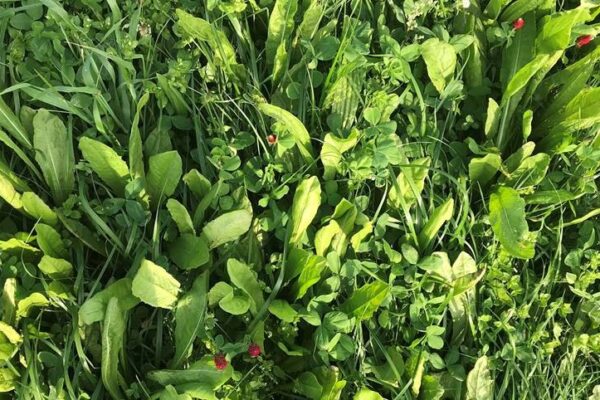Managing Grass Swards Through Dry Conditions
29 May 2025When compared to the frequency of days in which it rained in 2024 it has been a very different year and it poses very different challenges. The rainfall across the UK for Winter 2025 was on average 90% of the average annual rainfall from 1991-2020. Rainfall in March and April was typically 49% of the average annual rainfall from 1991-2020.
The rain has arrived for most but there will be a period of recovery for those crops and swards affected and perhaps already some forage deficit concerns for the coming winter.

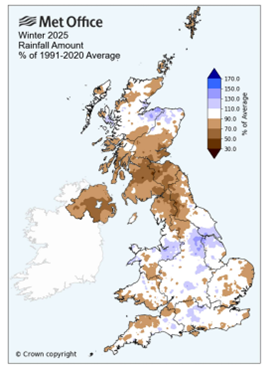
Priorities
There are a number of things you should be prioritising to help your sward recover.
Consider Supplementation
Ensure livestock feed demands are being met which may require supplementary feed where swards have been burnt off or growth is far slower than demand.
Give Time To Recover
When grass is grazed below the target height of 4-5cm the plant must use more energy from its root reserves to produce leaf area to then photosynthesise, slowing down recovery and reducing root growth. This also places significant stress on the plant. Moving stock off fields at target residual 4-5cm will ensure the plant is given time to recover. If possible close off the fields worst affected as livestock will continually seek out the freshest grass leaves, slower recovery further.
Don’t Over-Apply Nutrients
Nutrients supplied through synthetic fertiliser or organic manure application over the previous few months will not have been taken up by plants with slow growth due to restricted water. These nutrients will still be in the soil and available for uptake as plants start growing again so caution should be given to over applying nutrient due to risk of losses to the environment.
Consider Topping Pastures
A grass plant’s default response to stress, such as drought, is to flower and set seed. This poses a challenge in providing quality forage for grazing livestock or making high quality leafy silage. As swards recover topping of pastures to remove the stemmy material will help to reset residuals. Rotational grazing to reduce the amount of selective grazing and provide the rest which will give those developing leaves time to grow. There is also value in resisting the urge to top immediately to leave a layer of protection for the soil, but this must be balanced with grass growth rates, pasture quality and feed demands.
Consider Cutting Early
Grass heading dates have been earlier this year due to the warmer, drier conditions but the added stress from a lack of rainfall will also push grass plants to go to seed earlier. This will affect silage quality and consequently have an impact on winter feed budgets. Consider whether you need the quality for feed requirements so should cut earlier before too much of the crop has gone to seed. A change from 25% of a silage sward with seed heads emerged to 50% of the crop can decrease the metabolisable energy from 11.5 MJ/kg DM to 10.5 MJ/kg DM. Energy which will need to be replaced in the winter ration.
Assemble A Feed Budget
There is still plenty of summer in front of us, but it is wise to identify any possible gaps early and make an alternative plan. Prepare a feed budget to assess what your winter feed requirements are and how you can achieve this is in a cost-effective way.
Lorna Galloway, SAC Consulting
Sign up to the FAS newsletter
Receive updates on news, events and publications from Scotland’s Farm Advisory Service

